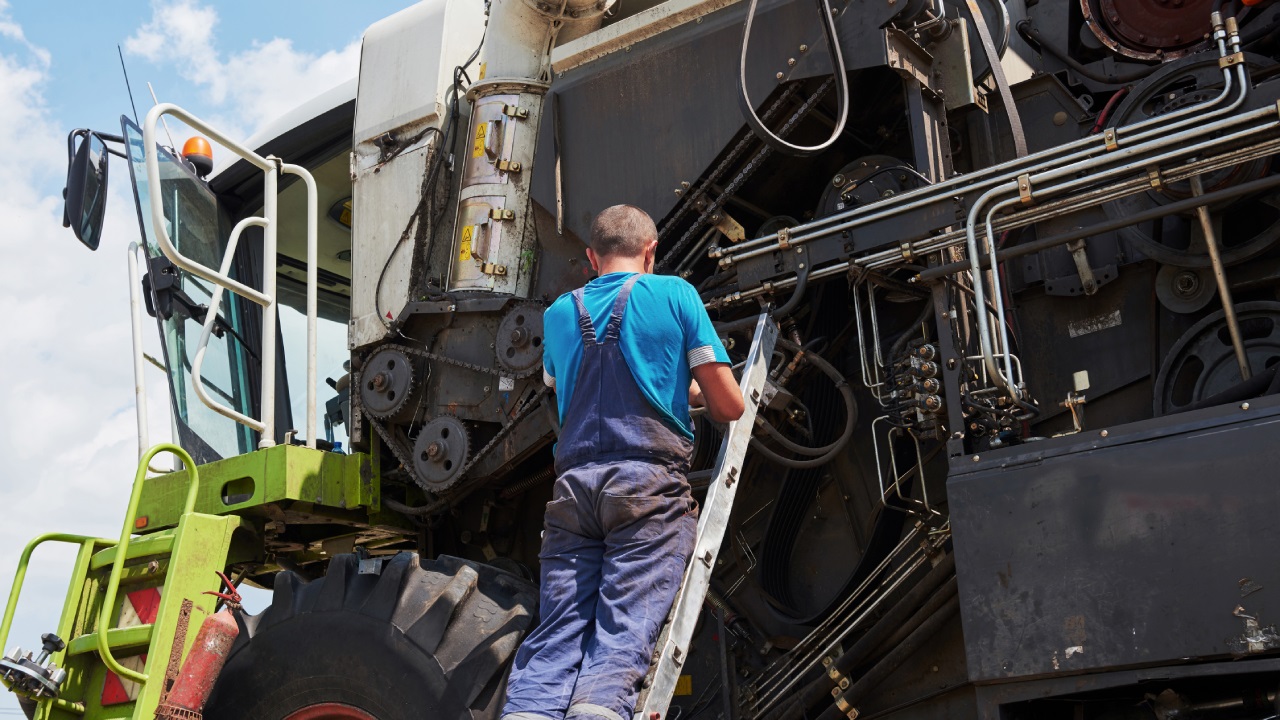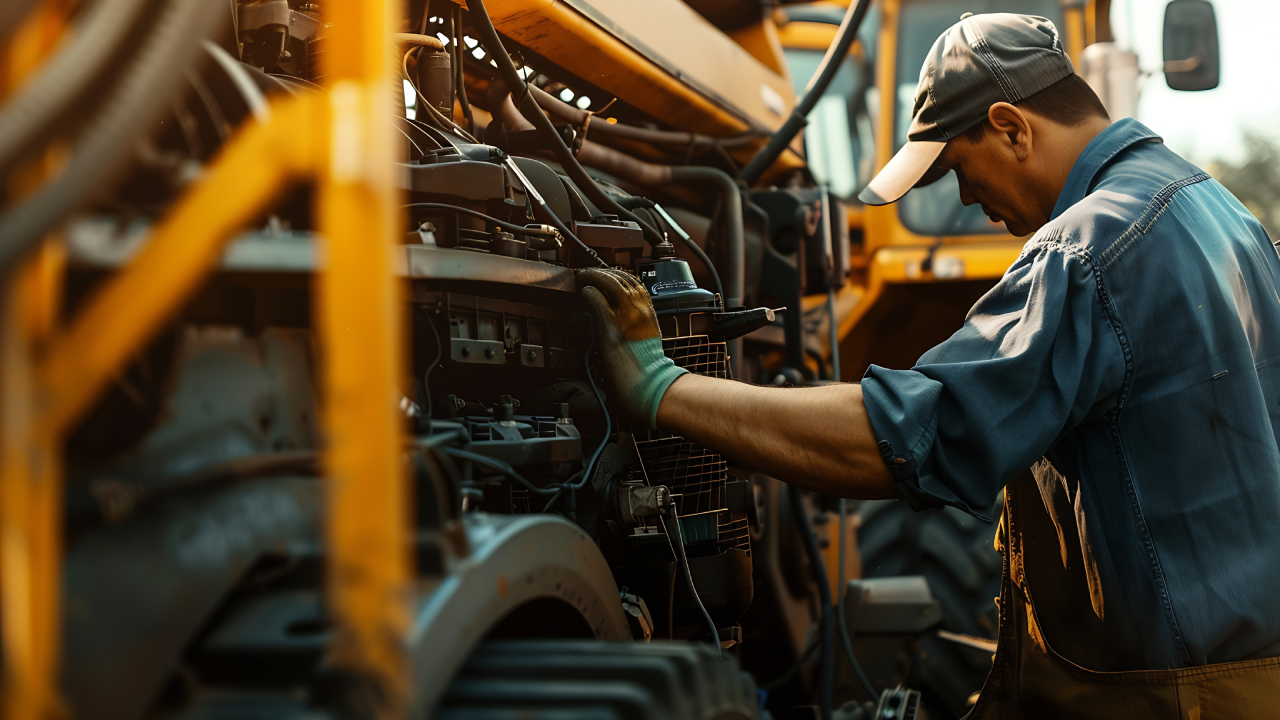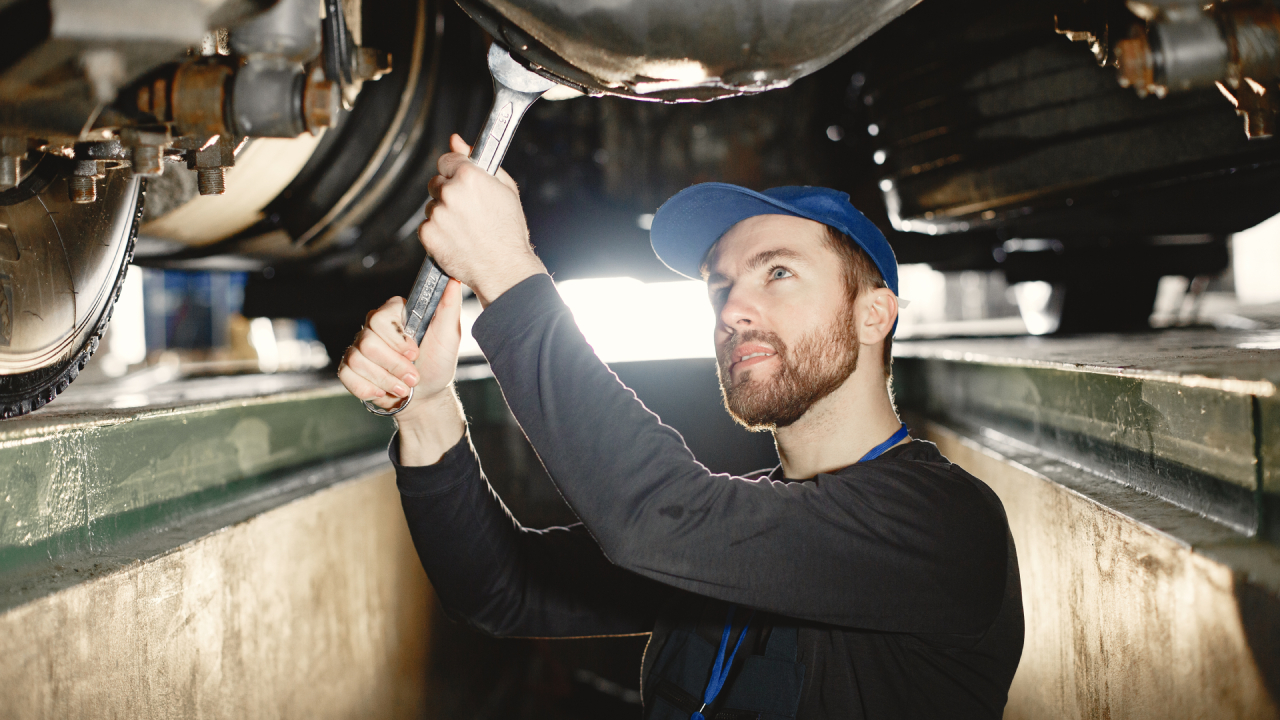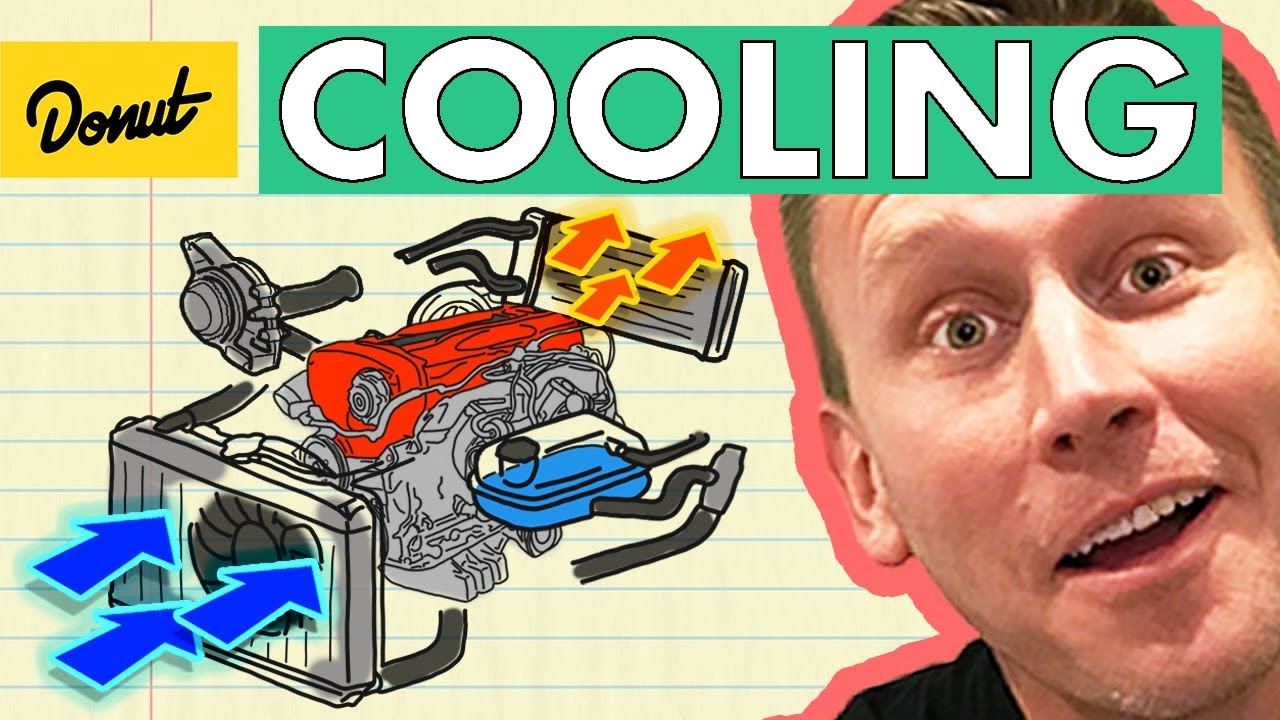I can count on one hand how many times I’ve read an entire operation and maintenance manual. These manuals come with a new vehicle and I would guess they don’t get much use unless a specific question arises. We received new International buses recently powered with Maxxforce 7 diesel engines and since they are a model I am not familiar with the best resource to start with is the operation and maintenance manual.
Since I’m reading the manual front to back I thought it would be interesting to share this information. You would be surprised how much information there is in these manuals. There’s much more than how to check the oil or how much coolant capacity the engine has. On the contrary I learned some valid facts about the Maxxforce 7 that will help me with maintenance care and scheduling.
MaxxForce 7 OPERATION AND MAINTENANCE MANUAL
ENGINE SPECIFICATIONS:
Engine Configuration: 4 stroke V8 Diesel
Rated horsepower: 260 HP (our specs)
Displacement: 6.4 liters
Compression Ratio: 16:5 : 1
Aspiration: Dual turbocharger and charge air cooled (CAC)
Fuel System: Direct Injection
Oil Pressure @ operating temperature
-Minimum: 12 psi @ low idle
-minimum: 45 psi @ high idle
Idle Speed no load: 700 rpm
ELECTRONIC CONTROL SYSTEM
The ECM (electronic control module) monitors and controls sensors, actuators and valves to ensure maximum engine performance and compliance with EPA emissions requirements. The crankshaft and camshaft positions sensors are monitored by the ECM to calculate rpm, fuel timing, fuel quantity and fuel injection duration.
FUEL SYSTEM DETAILS
The fuel system runs off a high pressure fuel pump feeding common rails and fuel injectors. Injection is controlled by the ECM for a more precise fuel delivery and combustion process. The ECM also controls emissions and cold starts. The low pressure fuel system consists of a low pressure fuel module, primary and secondary fuel filters, fuel cooler and a self priming electric fuel pump.
As with all EPA compliant diesel engines an aftertreatment system is placed in the exhaust system to capture soot and other particulates before exiting into the atmosphere. The DPF (diesel particulate filter) converts harmful exhaust into carbon dioxide using a regeneration process.
Since the anti-idling has come into effect for a lot of school districts our buses have an ‘IDLE SHUTDOWN TIMER’ that can be programmed (non California engines) to shut down between 2 and 120 minutes.
OIL AND FUEL SPECS
With aftertreatment systems and emission control engines you have to use only CJ4 engine oil and ultra low sulfur diesel fuel. They are super clean products that reduce soot buildup in the exhaust system. So don’t use the old diesel fuel and standard oil in your new diesel engine built after 2007 because it will totally ruin your fuel and exhaust system.
PRIMING THE FUEL SYSTEM
This is a step I didn’t know about until I read this manual. I knew this engine had an electric fuel pump but didn’t know the exact procedure for priming the filters after servicing or if the bus runs out of fuel. NOTE: You never fill the fuel cannister with raw fuel that’s unfiltered. Assemble the filters dry and then go through the priming process. Dirty fuel in the injection system leads to big $$$ trouble.
After replacing the fuel filter:
1. key-on for 10 seconds
2. key-off for 15 seconds
3. key-on for 10 seconds
4. key-off for 15 seconds
5. key-on for 10 seconds
After running out of fuel:
Prime the fuel system with seven key on/key off sequences.
Off for 20 seconds… On for 15 seconds.
This will obviously allow the fuel system to prime up slowly instead of turning the key on and cranking away until the engine starts. You could definitely save some starter wear and battery depletion following these procedures.
SERVICE INTERVALS
The Maxxforce 7 has primary and secondary fuel filters that do not have to be changed until any one of these intervals is reached: 48,280 km (30,000 miles), 12 months, 700 hours or 7570 liters (2000 gallons) of fuel.
In our case we will change the fuel filters every MVI Decal Inspection which is once a year. We also do other major servicing at that time such as air dryer, transmission, valve sets (if required), spring brake pots (every 5 yrs) etc.
Engine oil and filter change interval:
350 hours or 6 months if average speed is lower than 15 mph.
16,000 km (10,000 miles) or 6 months if average speed is between 15 – 25 mph.
12,000 km (7,500 miles) or 6 months if average speed is 50 mph.
*Service engine breather every 3 oil changes.
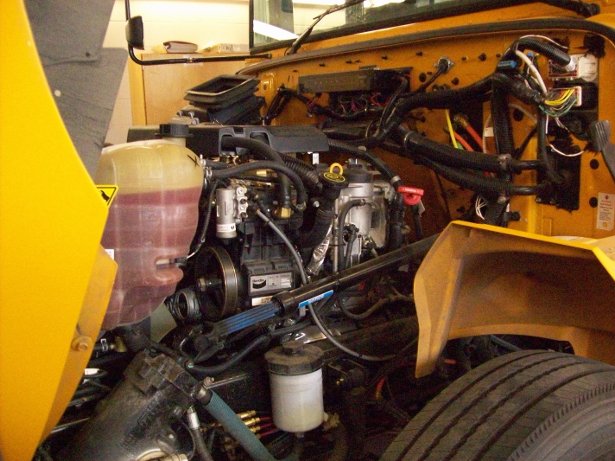
DIESEL PARTICULATE FILTER
Clean the diesel particulate filter at 322,000 km (200,000 miles) or 30 months or 6,000 hours.
There you have it with some basic service procedures on the International MaxxForce 7 Diesel Engine. It’s obvious that service intervals has increased due to diesel engine emission technology, cleaner engine oil and diesel fuel products. The drastic decline of harmful hydrocarbons has reduced emissions and the carbon footprint which we should all be thankful for. I hope this report has enlightened you in some way….thanks for reading.
